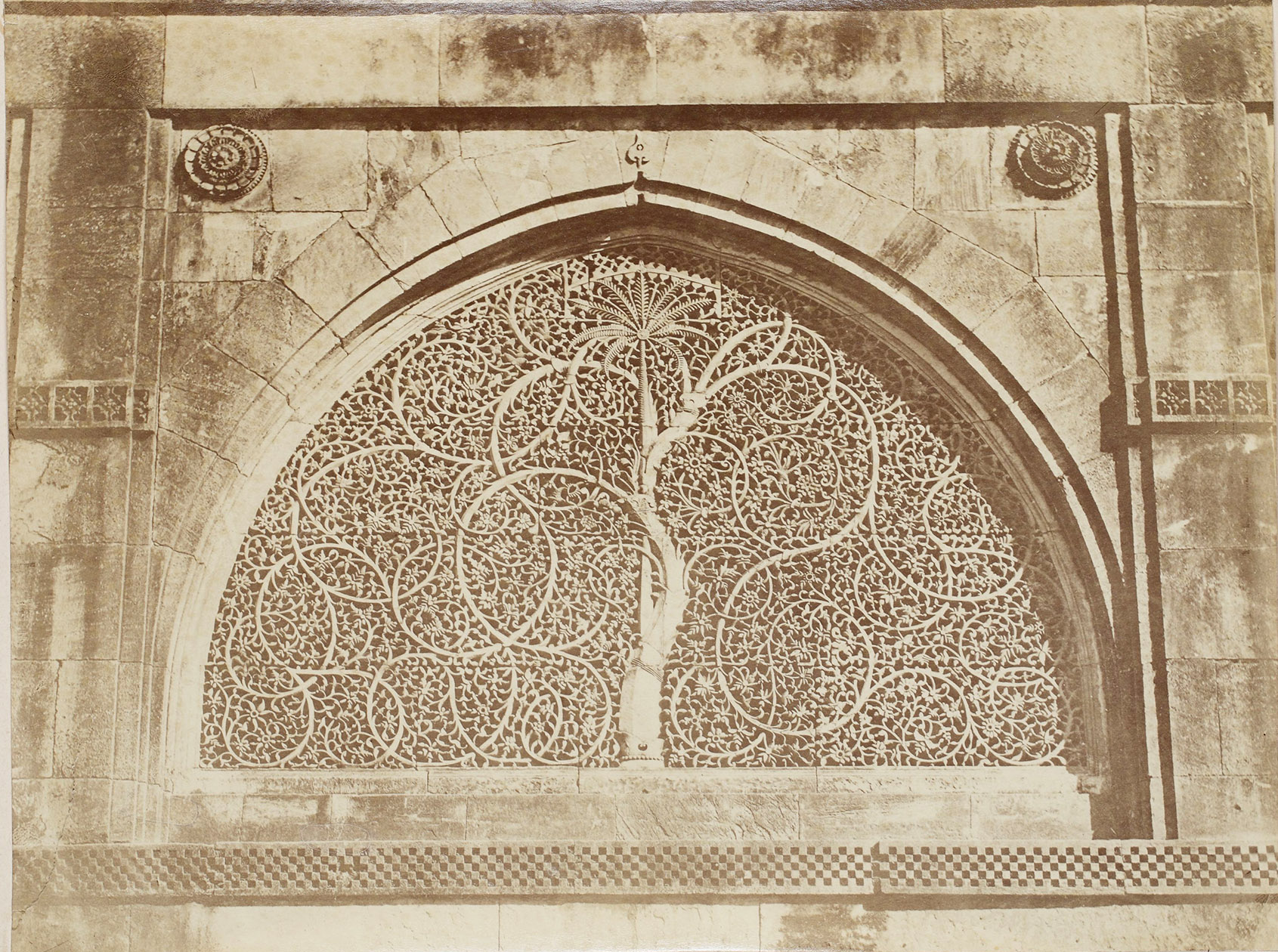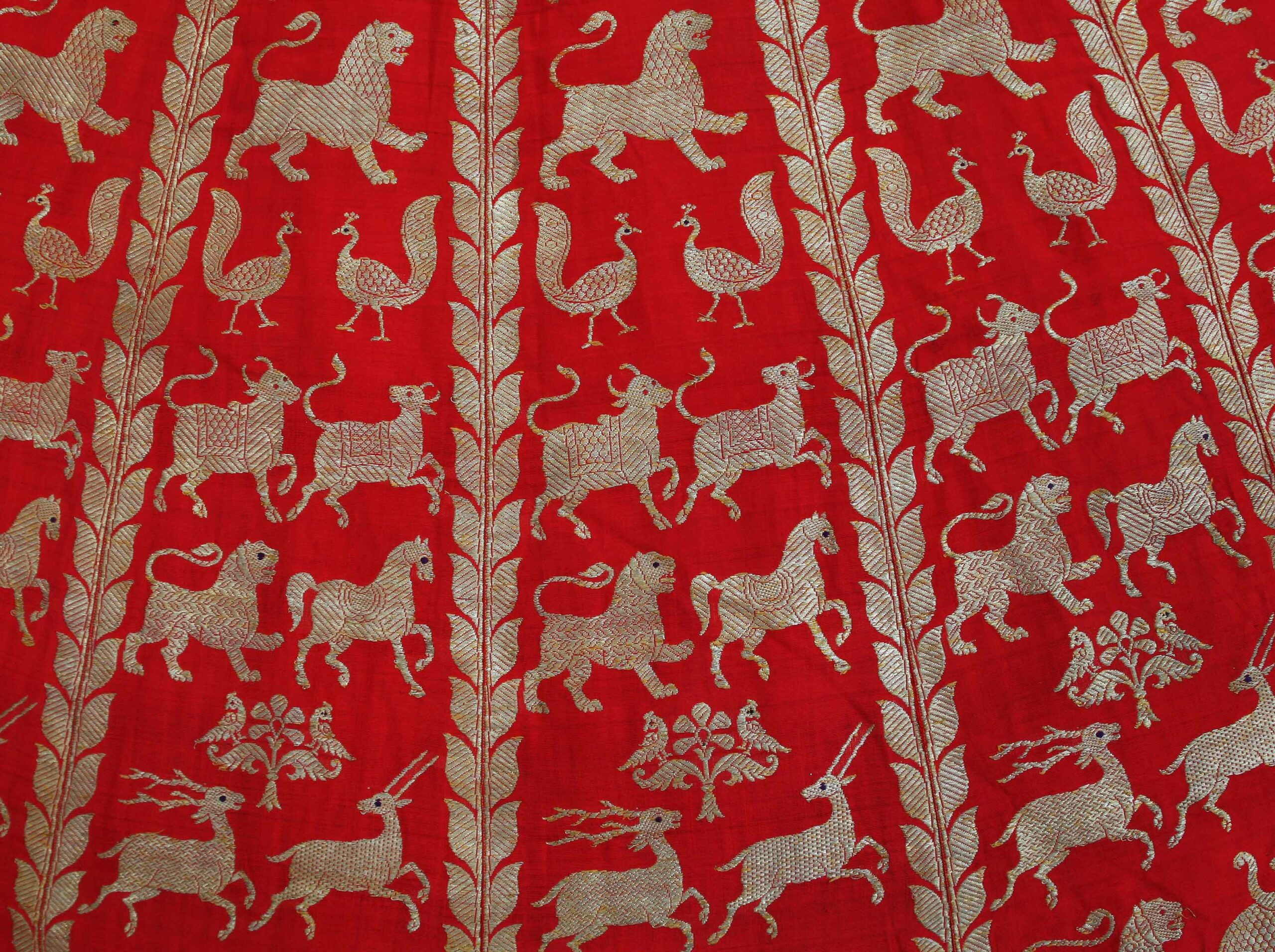Something is daunted when one attempts to remember the bequests of India’s early multi-hyphenate on his death anniversary. A good profile should be a seamless whole of the inner and outer life of the poet, Rabindranath Tagore had said, commenting on Tennyson’s biography by his son, which he admonished for being full of trivialities. But Tagore also admitted that the biography of a poet is ultimately insignificant since he should be known through his poetry. This allows us a special place to reflect upon the poet personally. At Sarmaya, we can’t help but write about the various versions of the Nobel laureate, philosopher, artist, musician, visionary, poet and writer Rabindranath Tagore – and what his work means to each of us. It’s August and the glow of his revolution shines still too bright.
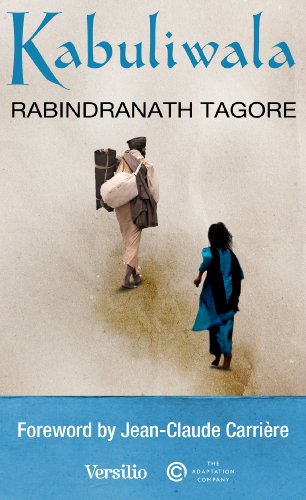
Kabuliwala
Growing up, Tagore was time travel. As a child, I greeted most things mandatory with mild antagonism however Kabuliwala, part of our Hindi syllabus was different. Written in 1892, this short story by Rabindranath Tagore felt relevant a hundred years later. The story had two oppositional characters – one, a writer who didn’t leave his home and the other, a merchant seller from Kabul, who had traveled miles and landscapes in search of work. My 12-year-old self’s imagination took me to the rugged mountains of Afghanistan and the streets and seasons of Kolkata.
This remarkable short story was about an unusual friendship, the fragility of human connections and the importance of kindness. So many years later, what stayed with me was the relationship between five-year-old Mini and the elderly Kabuliwala, Rahamat. When Rahamat is led away by the authorities and Mini asks where he is going, he refers to their usual, playful exchange and shouts out, ‘Soshur Bari’ meaning ‘in-law’s house’. Many years later, when Rahamat meets Mini, now grown up, as a blushing bride the heart-wrenching reality of not seeing his own daughter growing up hits him. Both these scenes are central in my memory of Tagore’s mastery as a storyteller. Tagore’s belief in universal humanism was reflected in the observations and positions taken in his writing.
The story of the Kabuliwala once captured the Indian imagination. The story was translated, animated and fictionalized and its narrative was one that adults and children knew of, like a popular legend. Rereading the story now, the brilliance of the writer shines through. Tagore magically crafted enduring vignettes by weaving complex narratives on the frailty of human relationships set against societal constructs. For instance, ‘Soshur Bari’ or ‘in-law’s house’ for a young girl in 19th century Bengal could mean a loss of selfhood and freedom similar to the prison that Rahamat was being taken to. As I look deeper, I see the narrator, a writer, proud of his progressive parenting skills yet wrestling with doubts and the suppressed fear of the ‘Other’, the Kabuliwala. This ‘othering’ is as prevalent today as when Tagore wrote the story. Set against a backdrop of ideas of female emancipation, internal political strife and the drawing of borders in Afghanistan and migration in 19th century India, Kabuliwala tells a cross cultural story. At the heart of the tale though is a recognition of our shared experiences as people. In many wonderful ways, Tagore’s stories remain timeless.
– Avehi Menon, Archive Director, Sarmaya

Where the mind is without fear
The 19th-20th century was a time of great uncertainty for India. The country was transformed by a profusion of political struggles and social revolts, which in some way or the other shaped its cultural and literary conventions. As the Raj stood taller than ever over our heads, the call for freedom, too, had reached a high note. The ray of hope of a better future where liberty, equality and justice prevail, felt like a rainbow after the rain. And here, Rabindranath Tagore’s ‘Where the mind is without fear’ hit the right chords.
Written during the freedom struggle, Tagore through this piece, not only defines a vision that transcends beyond borders, class and caste, but also generates a yearning for a better world – a world without oppression, fear and prejudices, where one need not fear the consequences of their thoughts. He hopes for a society where education is not just for the privileged, and that unity amongst his country folks supersede mindless bigotry. He holds the idea of truth and tireless endeavours to seek it in the foremost position in his visionary world. It’s a world where rational thoughts flourish replacing the ‘dreary desert sand of dead habits.’ Tagore puts emphasis on the change that is vital to thrive and expanding our minds in order to move into what he calls a ‘heaven of freedom’.
‘Where the mind is without fear’ which translates to “Chitto Jetha Bhoyshunno” in Bengali, is one of Tagore’s most vastly discussed poems. It was published in the volume called ‘Naibedya’ and was also a part of his anthology of poems, ‘Gitanjali’, which won him a Nobel Prize in Literature in 1913. Today, a century post its composition, and post Independence, it still finds place among many fighting injustice and policies of the State or incumbent authorities. In 2020, from finding its momentum amidst anti-CAA Protests in India, to a recital of the poem by Actor Martin Sheen in a climate change rally in the USA, Tagore’s vision stays alive.
– Diksha Ahire, Collections Assistant, Sarmaya The paintings of Tagore
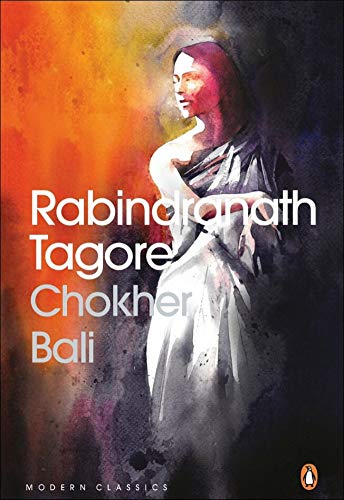
Choker Bali
Choker Bali was written by Rabindranath Tagore in 1903 essentially to deliver a message (in late 19th century Bengal) about the inherent injustice of preventing equal opportunities in education for women. It delivers the message through an intense portrayal of a widow whose father had invested in her education and how she regains the upper hand in a complex play of human relationships. The underlying assumption is that her apparent superior intellect is attributed to her education.
Mahendra or Mahin having married the simple and illiterate Ashalata soon finds himself tiring of her and becoming deeply attracted to the widow Binodini who because of her education connects intellectually with him.
Binodini and her relationship with Bihari is also explored by Tagore parallely. However, he stops shy of ending the story with what might have been a radical posture for the time: the idea of widow remarriage. Maybe he felt that the message regarding women’s education would be lost if he presented too many revolutionary ideas which may have been interpreted as ill timed.
The character of Binodini is presented with great finesse. She is shown as rueful, lonely, seeking love of a partner, insecure, manipulative, very intelligent, scheming but a thinking woman who is deeply vulnerable. While admiring her complex portrayal, one is left with a deep sense of emptiness and lament about her tragic condition which was the lot of the widow. Education was her only salvation.
– Paul Abraham, Founder, Sarmaya
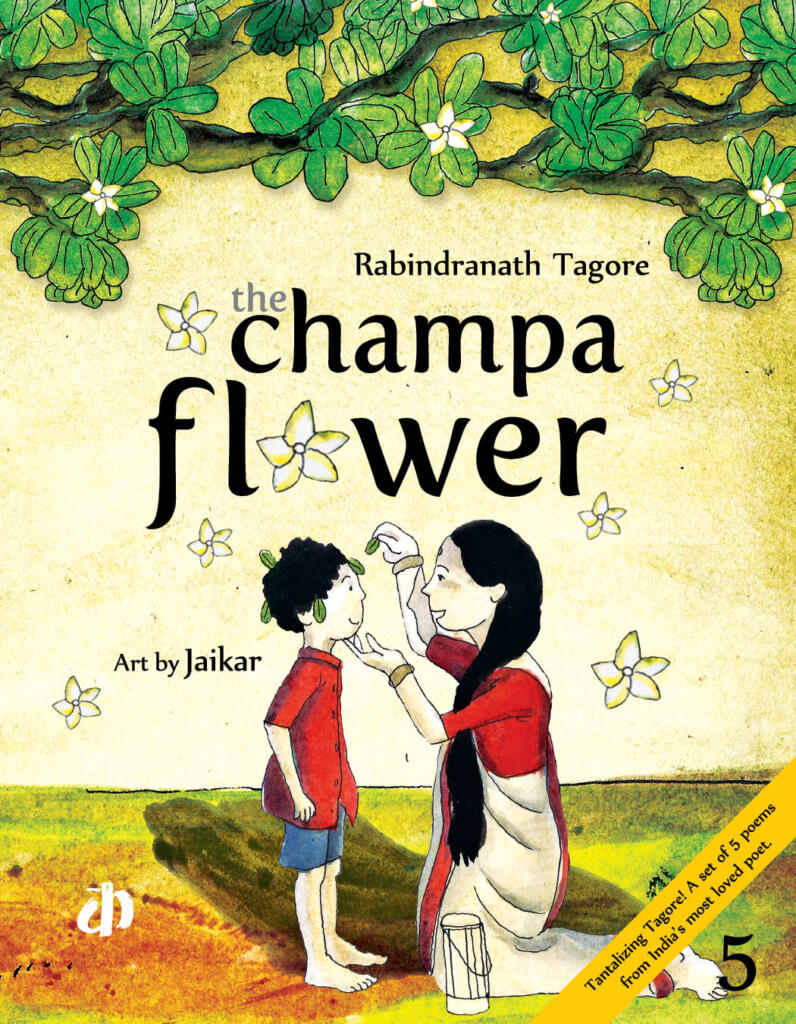
The Champa Flower
I was introduced early to Tagore. My mother would read The Gardener (for herself) and The Crescent Moon (for us). My memory of Tagore, as a result, is inextricably linked to the memory of hot afternoons on the verandah of our Chennai home and my mother’s voice. But of all the poems, The Champa Flower is the one I love most. Its tone is playful, its voice is that of a child who decides to play hide and seek with his/her mother by becoming a champa flower.
“Supposing I became a champa flower, just for fun, and grew on a branch high up that tree, and shook in the wind with laughter and danced upon the newly budded leaves, would you know me, mother?
You would call, ‘Baby, where are you?’ and I should laugh to myself and keep quite quiet.”
As a child, what I liked most about this poem is the child’s desire to remain unseen and observe her mother. But as an adult, the poem has become a talisman of sorts. What if the people we lost were not lost but only hiding? We would smell their fragrance in the champa flower and not know that it was them. We will seek them in the physical world not realizing that they are still there, disguised as a beautiful flower and watching us unseen as we go about our daily lives.
A quarter of a century ago, I was a young mother whose beautiful child was lost to the mortal world. And nothing comforted me more than the thought that perhaps my little angel was only playing hide and seek with me; that we would be reunited when dusk falls in my own life.
“When after the midday meal you sat at the window reading Ramayana, and the tree’s shadow fell over your hair and your lap, I should fling my wee little shadow on to the page of your book, just where you were reading.
But would you guess that it was the tiny shadow of your little child?”
Such is the tender beauty of Tagore’s verse that over a century after it was written, it is a balm for even the most bruised heart.
– Pavitra Rajaram, Brand Custodian, Sarmaya
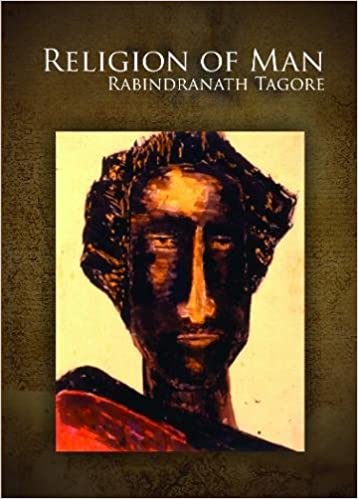
The Religion of Man
My understanding and exposure to the work of Rabindranath Tagore, up until very recently, was rather sparse. Throughout my school career, I had always been exposed to western perspectives on poetry, philosophy and religion. Therefore, when I stumbled upon Tagore’s The Religion of Man, my understanding was tainted.
This book, however, changed my understanding of Tagore. In my mind, he shifted from being solely a storyteller to a philosopher as well. Tagore’s ability to use figurative language in a descriptive yet beautiful way makes the book easier to digest and leads to a far deeper understanding of the religious ideas he presented.
Being about his own religious views, the book details a number of anecdotes that led him to create his own religion. Rather than divinity and the supernatural, Tagore links his religious beliefs to ideas such as truth, honesty, creativity, and critical thinking. He, as is evident throughout the book, uses religion as a framework for understanding human beings. According to Tagore, our knowledge of the divine is gained from engagement with ourselves, and religion has the capacity to allow us to understand that which we ordinarily find confusing.
In my opinion, The Religion of Man is definitely worth the read. While, at times, it may move slowly, Tagore’s ideas present a new way of looking at things that is beneficial to everybody, regardless of age, gender, or past experiences.
– Prithvi Subrahmanyam, Contributor
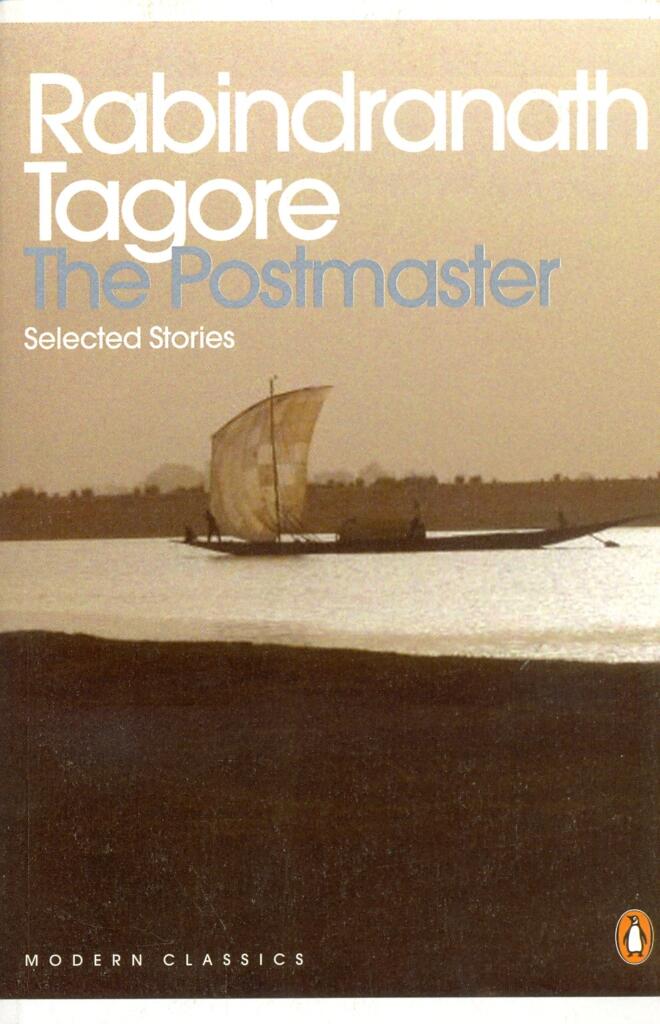
The Postmaster
Tagore has been formative for so many of us. Any ICSE student avows that The Postmaster is one of the best stories in the textbook, Treasure Trove of Short Stories. The story is so simple and quaint, a postmaster that aches for connection and a young girl who provides it. While the postmaster desperately misses his family in Calcutta, his friendship is the first meaningful relationship in a long time for Ratan, the poor orphan girl who does his housework in exchange for food. She doesn’t have any money for dowry so she is fated to be unmarried. The village of Ulapur is too small for the postmaster, it cannot fulfill him just as he cannot fulfill the young girl’s dreams for education and connection. The postmaster teaches Ratan to read but who indeed will write her letters?
Their separation is more tragic than Romeo-Juliet’s, it would be easier if they were star-crossed. Ratan’s love might forever be unrequited but she does not stop waiting for the postmaster’s return. Tagore drives it home – it’s absurd how the heart can believe anything it wants to.
Revisiting these characters today, I’m still amazed. How did he write them? For a man who was so well-travelled, from a powerful family, Tagore had such an insight into the lives of the “humble villagers”. In very few instances did his “bhadralok” present an interference. He spoke in as many different voices as tongues.
– Eisha Nair, Content and curatorial associate, Sarmaya

